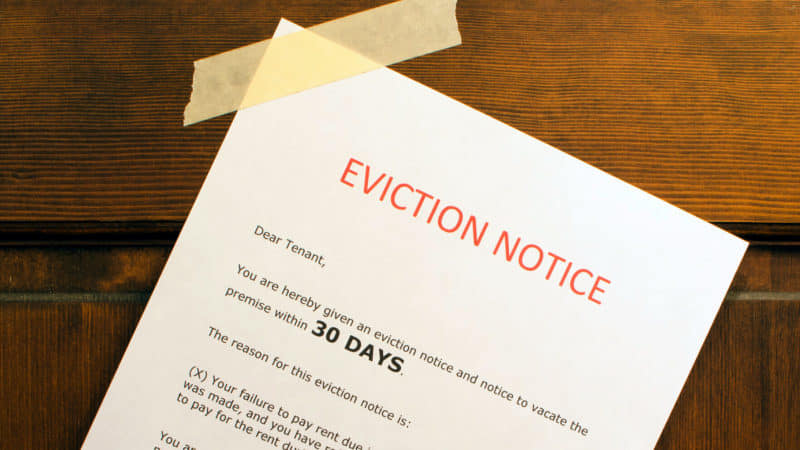Living in a one-bedroom apartment with three people can certainly present some challenges. While smaller spaces often require more creativity and organization, many families make it work successfully. This article will explore some of the key considerations for a family of three living in a one-bedroom by addressing common questions on the topic.
Is there enough space?
Space is always at a premium in a one-bedroom apartment. Most have around 500-800 square feet total. With three people, every nook and cranny will need to be utilized efficiently. The bedroom can sleep two in a queen or larger bed, while a portable crib or toddler bed fits the third. A murphy bed or daybed that stows away provides extra sleeping space. Furniture should be compact yet multifunctional.
For example, ottomans that double as seating and extra surfaces. Built-in storage like shelving helps keep clutter controlled. With clutter minimized and items stored vertically, the space will feel more open.
How will privacy be maintained?

While a one-bedroom means sharing common areas, dividers and scheduling can help manage privacy. Room dividers provide a physical barrier for changing or napping. Sound machines, white noise apps or headphones dampen noise during video calls or personal time. Developing a routine where one person uses the living area while others are busy elsewhere also helps.
Where will activities take place?
The kitchen and living areas become multi-purpose rooms. Meal prep and homework happen at the dining table. The living area serves as an entertainment/play space. Outdoor time is especially important - local parks, playgrounds, and community centers offer activity options when weather permits. Schedules with designated activity times help prevent overlap and chaos.
Some activities may need to happen outside the home, like arts/crafts or science projects. Overall flexibility and sharing of public/outdoor spaces eases competition for indoor room.
How will chores be divided?
Managing chores in a limited space requires teamwork. Everyone pitches in as appropriate for their age. Developing a weekly chore chart or routine ensures tasks don't fall through the cracks.
Things like wiping down counters after meals, taking turns with laundry, and sweeping daily pick up clutter before it overwhelms. Assigning one person to oversee the routine prevents arguments. Chores also become learning opportunities for life skills and responsibility as kids get older.
Working together keeps living spaces tidy which promotes harmony.
How will guests be accommodated?
Entertaining presents another challenge in small quarters. Visitors are limited to one or two at a time. Hosting mostly involves visiting local parks, indoor play spaces or restaurants rather than large gatherings at home. Sleepovers would likely happen elsewhere.
The living area can double as a guest area by stowing extra bedding underneath furniture or behind doors. Parents may need to get creative, relying on video calls rather than frequent visitors until living arrangements expand.
Community and extended family remain important but visits occur outside the home more often initially.
What about outdoor space?
While a one-bedroom apartment lacks a private yard, outdoor time remains vital for physical and mental health. Local parks, trails, playgrounds, swimming pools or recreation centers introduce kids to nature and activity.
For spontaneous needs, apartment outdoor spaces and even indoor courtyards work. Some developments have rooftop gardens or patios too. Living within walking or biking distance to green areas amplifies their use.
How will storage be sufficient?
Maximizing built-in storage like closets, shelves, drawers and under-bed compartments takes organizing skill. Purchasing portable storage like bins, baskets, under-bed containers, and wall-mounted racks tricks the eye into perceiving more space too. Donating or selling seldom-used items prevents clutter.
Designating areas (e.g. a shelf or cabinet) for each family member's belongings creates ownership. Seasonal items stored elsewhere gain extra living space seasonally. With an "out with the old, in with the new" mentality, storage feels plentiful versus limiting.
Is it financially feasible?
While smaller than alternatives, rent for a one-bedroom apartment fits within many low-to-moderate income budgets. Compared to buying a home currently, the short term commitment saves long term costs. Utilities often included also simplify budgeting.
Resources like food banks, low-cost children's activities, and family entertainment passes keep other spending low too. Tax credits may assist those eligible. Prioritizing needs over luxuries plus persistence eventually leads to upgraded housing as well.
The short term sacrifices of close quarters living secures the long term benefits of financial stability.
Conclusion
In conclusion, while not ideal for every family's long term needs, with enough creativity and commitment to cooperation, three people can live harmoniously in a single bedroom home. It requires flexibility, organization, shared responsibility and open communication from all members. With an emphasis on efficient use of space, established routines, minimization of clutter and making the most of outdoor locations, a one-bedroom provides stability for families while building important life skills.





